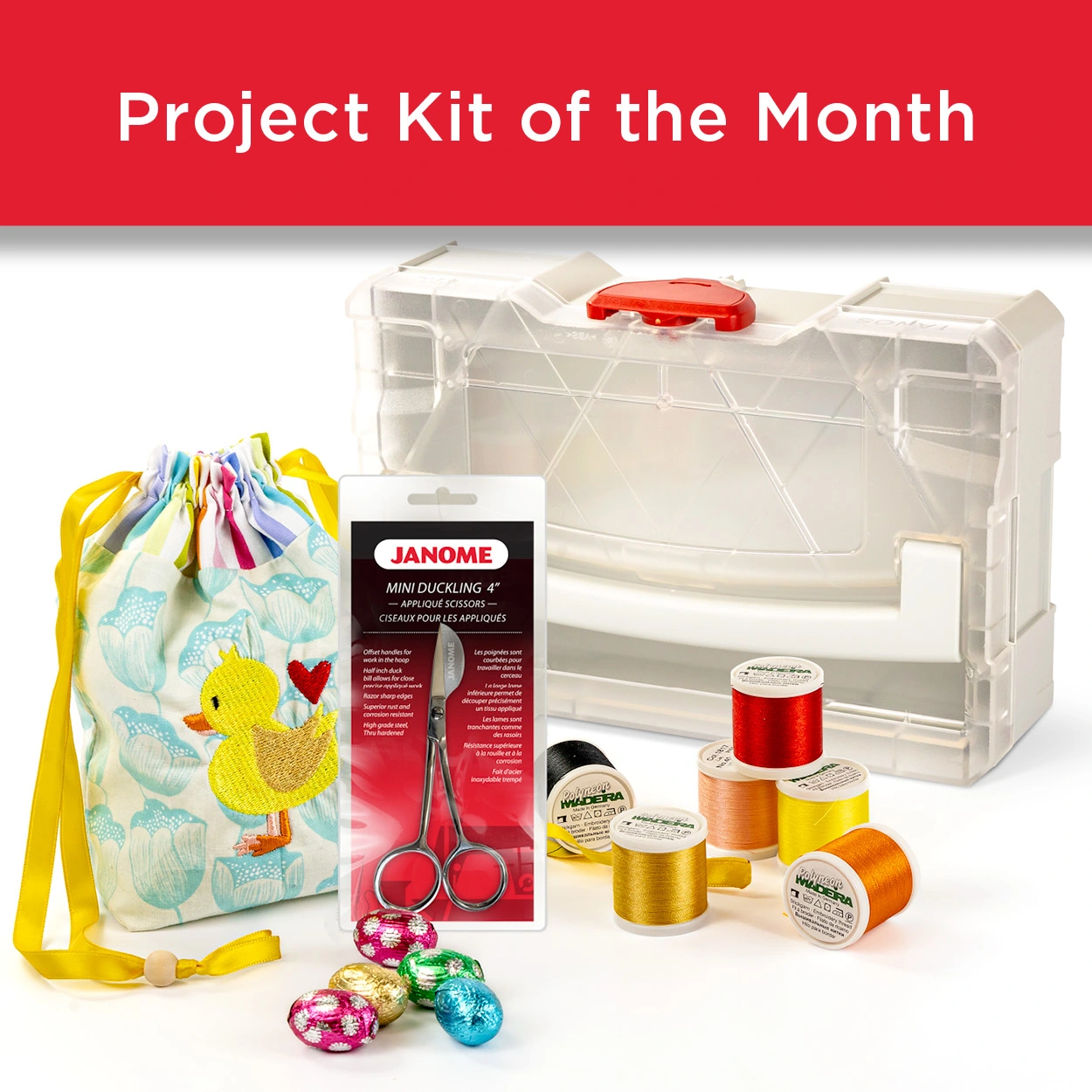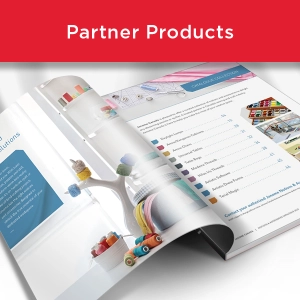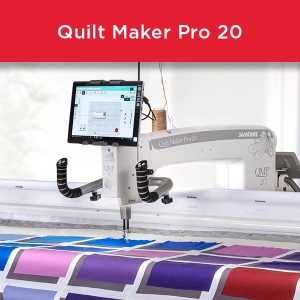
Sewing a Blind Hem can sometimes be a little bit tricky as you have to fold the fabric onto itself while leaving the hem edge exposed. Most of the Blind Hem stitch will go along the hem edge, but a small zig zag stitch will pierce the fold of the fabric, which actually holds the hem in place. Depending on which Janome machine you have, using a Blind Hem foot goes a long way to help improve this technique.

Blind Hems are all around us; draperies and slipcovers, and more specifically, on us, in clothing. While blind hems are most often found on dress pants, or slacks, they are also great for dresses, skirts and knit shirts. Using the Janome Blind Hem foot will give your garments a professional finish. Matching thread to the fabric will minimize the appearance of the Blind Hem stitch on the right side.
There are two types of the Janome Blind Hem Foot; the standard Blind Hem Foot (G) with it’s black metal guide in the center of the foot, and the Blind Hem Foot Adjustable; one for top loading models, as the foot in the top right in the photo above, and one for front loading models.
The deeper the “bite” in the fold of the fabric, the more the stitch will appear on the right side of the fabric. A contrasting thread color adds a unique decorative element on the right side of the fabric.
Lets begin with one of the most commonly found accessories included with many Janome models.
Standard Blind Hem Foot (G)
This foot has a metal guide in the center and three grooves on the underside. During stitching, the fold of the fabric fits snugly against the guide in the foot for accuracy while the groove underneath helps to prevent slipping. The stitches easily pass under the foot. The needle swings over the metal guide creating slack in the upper thread tension so that the “pick” or “bite” of the stitch in the fold of the fabric is almost invisible.
What Machines will it fit?
All top loading 7MM Stitch Width machines. This foot also is available for all top loading 9MM machines, Blind Hem Foot G | Part Number: 859807001
Reference the Accessory Compatibility Guide below.
Blind Hem Foot Adjustable
What Machines will it fit?
All Front Loading, 5MM Max Stitch Width Models
Using the adjustable guide along with the adjustable zig zag width on your machine will allow you to set the amount of bite you want your needle to reach on your fabric.

The Adjustable Blind Hem foot is demonstrated on the Janome HD-1000 above. Check out the Janome Accessories Guide to find all the presser feet and attachments available for all Janome models.

What Machines will it fit?
All top loading 7MM Stitch Width machines.
How to Use:
To many, a Blind Hem may seem like a daunting task to try to figure out which side is up, where the stitches go and how to get the desired end result. Not to worry, Janome has got you covered! Most Janome sewing machines come with a built-in Blind Hem stitch and Blind Hem foot, or you can purchase one separately.
Top Stitching
The Adjustable Blind Hem foot, can also be used for more than just hems. Because of the design and ability to adjust the width, this is a great tool to be used for topstitching to obtain great results. Since Topstitching is a decorative stitch usually on a finished product, its important to keep this stitch as straight and consistent as possible.
The Janome Blind Hem Foot is not just for blind hemming. It can also be used as a seam guide, by either adjusting the needle position, or by adjusting the guide on the foot, which is compatible with your machine. This can be used for edge binding, decorative stitching, or as a guide if you feel like you need some help sewing a straight line! It’s a versatile tool and great addition to the new sewist’s go to accessory line up!




















































